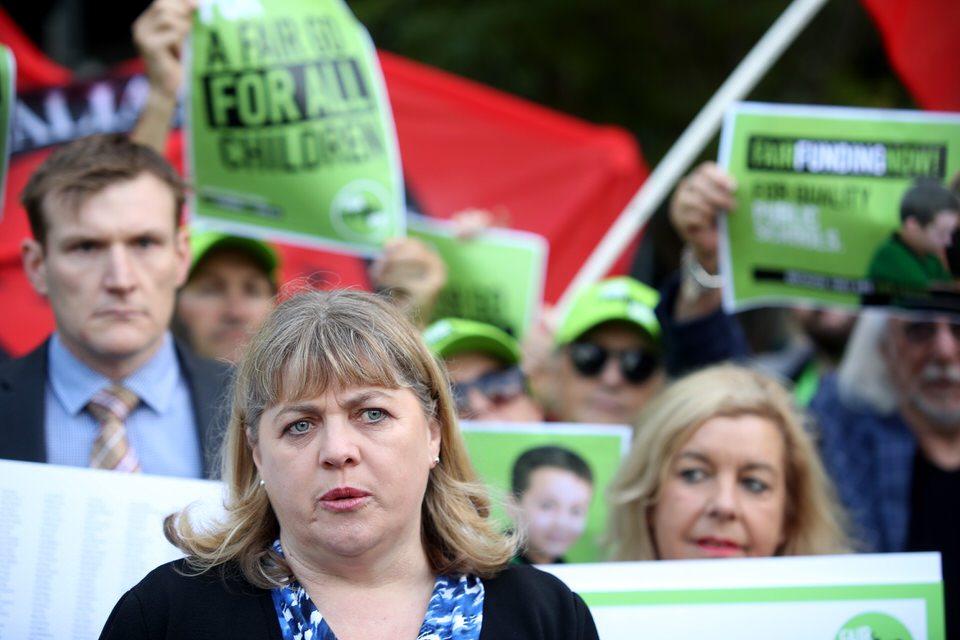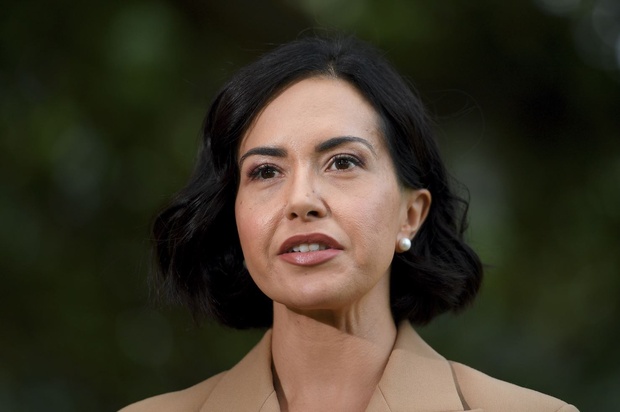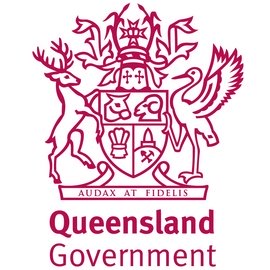Education ministers, the Australian Education Union, and principals’ associations are jointly urging the Federal Government deliver its election commitment to bring the Schooling Resource Standard (SRS) up to the full 100 per cent.
A fair funding agreement would result in billions of dollars flowing to schools, many of which are in desperate need.
NSW Deputy Premier and Minister for Education and Early Learning Prue Car said state governments are facing unprecedented pressure as their public schools do the heavy lifting when it comes to educating growing populations, and supporting students with increasingly complex needs.
“As the largest state in the Commonwealth, NSW is no different,” Car said.
“We are doing this while tackling a teacher shortage and an infrastructure backlog in high-growth areas – and we cannot continue to go it alone.
“We cannot look parents, teachers and students in the eye any longer and tell them it is OK that the government funds them below what they need.”
Public schools are currently funded below the SRS, which is the minimum level governments agreed to more than ten years ago following a Commonwealth-initiated review by David Gonski that identified 100 per cent was the minimum amount required to meet the needs of students.
This contrasts with non-government schools, which currently receive above 100 per cent of the SRS.
The needs of public school students have become more complex during that time, and coupled with a national teacher shortage crisis, outcomes for students in many cases depend upon receiving the funding.
Victorian Deputy Premier and Minister for Education Ben Carroll said all that the states and territories want is what is best for government school students and the nation’s future leaders.
“Federal Labor changed the course of education funding with the Gonski Review (in 2011), the biggest reforms in 40 years,” Carroll said.
“Today, we have a collective opportunity to change course after the inequities delivered by the Federal Coalition to the school system.
“We stand ready to work with the Commonwealth Government to deliver fair and full funding to government schools.”
State and Territory Education Ministers have been urging the Federal Government to lift its public school funding by five per cent, which would close the gap to 100 per cent of the SRS.
This will go towards things like recruiting additional teachers, allied health professionals and support staff in schools.
Queensland Minister for Education Di Farmer said her state has more disadvantaged schools in regional, remote and rural communities than anywhere in the nation.
“There is no way I can explain to them or any other Queensland school that they don’t deserve 100 per cent funding,” Farmer said.
“The 5 per cent equates to more than $2 billion over five years for Queensland State Schools.
“Education is the greatest opportunity we can offer to our students. If they do not receive a good opportunity then we are changing their chances in life.”

AEU president Correna Haythrpe says in schools today there is more diversity and complexity in student need, increasing wellbeing and mental health issues and acute shortages of teachers due to unsustainable workloads.
South Australian Minister for Education, Training and Skills Blair Boyer said the funding inequity between public schools and private schools is alarming, which is why, he said, that state has also called on the Federal Government to fund the full 5 per cent on the SRS.
“In South Australia, the 5 per cent is worth as much as $190m of extra funding for public schools every single year,” Boyer said.
“That would go directly into school supports so that teachers have the time, resources and support to help students achieve the best academic outcomes.”
Boyer said nationwide levels of disadvantage have been rising in the public system, which has been the case for many years.
“We need this money now more than ever before so in the future we can actually look students and staff in the eye and say we are contributing the amount of money they need to make sure they get the same opportunities that students in private schools do as well.”
Tasmanian Minister for Education Jo Palmer said her Government wants to work with the Education Minister Jason Clare and the Federal Government.
“We must see 100 per cent funding for Tasmania’s public schools. Anything less is unacceptable,” she said.
“We will continue to participate in constructive discussions to achieve this outcome.”
Despite public schools educating twice the proportion of students from disadvantaged backgrounds and more than three times the proportion of First Nations students, the Commonwealth provides just 20 per cent of funding for public schools, with states and territories responsible for 75 per cent.
It comes as the Federal Government’s review in December 2023 warned that the underfunding of public schools is ‘undermining other reform efforts with real implications for student educational and wellbeing outcomes, teacher attraction and retention’ and the need for full funding was ‘urgent and critical’ as a prerequisite for student learning and wellbeing improvement.
Australian Education Union Federal President Correna Haythorpe said while public school principals, teachers and support staff are doing ‘an extraordinary job’, they are being asked to do “too much with too little and there just aren’t enough of them”.
“The challenges in schools have never been greater – more diversity and complexity in student need, increasing wellbeing and mental health issues and acute shortages of teachers due to unsustainable workloads.
“Fully funding public schools is the only way to ensure every child gets the support they need to succeed, and we can recruit and retain sufficient numbers of teachers.
Haythorpe said there needs to be additional teachers and counsellors in schools, along with more support staff and specialist staff such as speech therapists.
Australian Government Primary Principals Association President Pat Murphy said when it comes to education there is no bigger elephant in the room than why government school students are not funded at 100 per cent of the SRS. “Since 2012 when the Gonski Report identified the minimum funding a student should receive, we see only 3 per cent of public school students in Australia receiving this minimum standard.
“The question has to be asked if the Federal Government can’t afford to fund public schools at 100 per cent of the SRS, how do we have the funding for catholic and independent schools to receive 100 per cent?”
Australian Secondary Principals Association President Andy Mision said full funding to all of Australia’s public schools is not a routine budget line item, it’s a rare opportunity for a hinge-point investment in the future of the nation.
“Fully funded schools mean manageable class sizes, more targeted support for students, and access to much needed technology and resources,” Mision said.
“This translates to improved learning outcomes, enhanced student wellbeing, and ultimately, a brighter future for millions of young Australians.”
State and territory education ministers have said they are ready to promptly sign a new National School Reform Agreement once full funding is committed.














